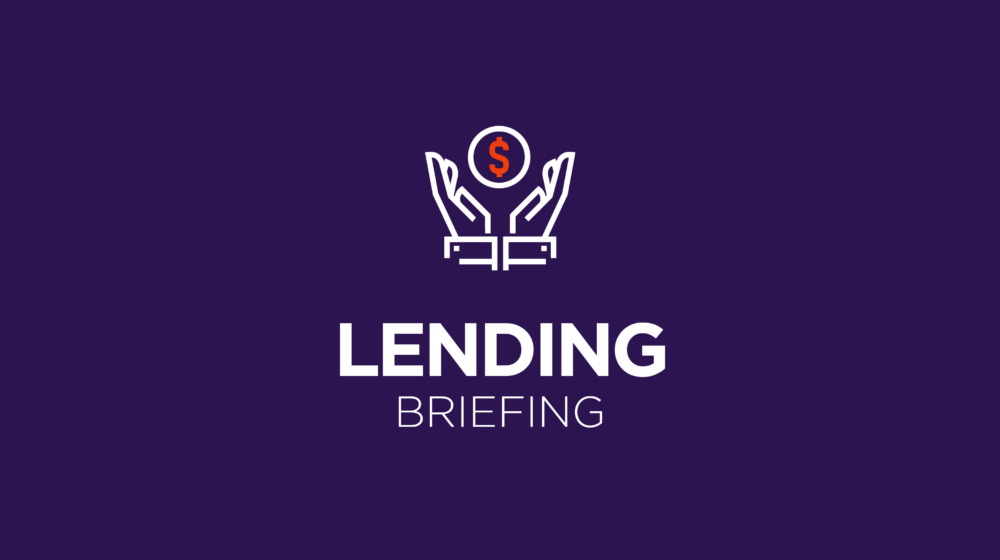Member Exclusive
Lending Briefing: Lenders are adopting alternative data, but find it challenging
- An increasing number of lenders have started to incorporate alternative data sources into their risk modeling, but many find this initiative challenging.
- Data reliability and the costs associated with alternative data sources represent the top barriers for lenders to start using alternative data.








